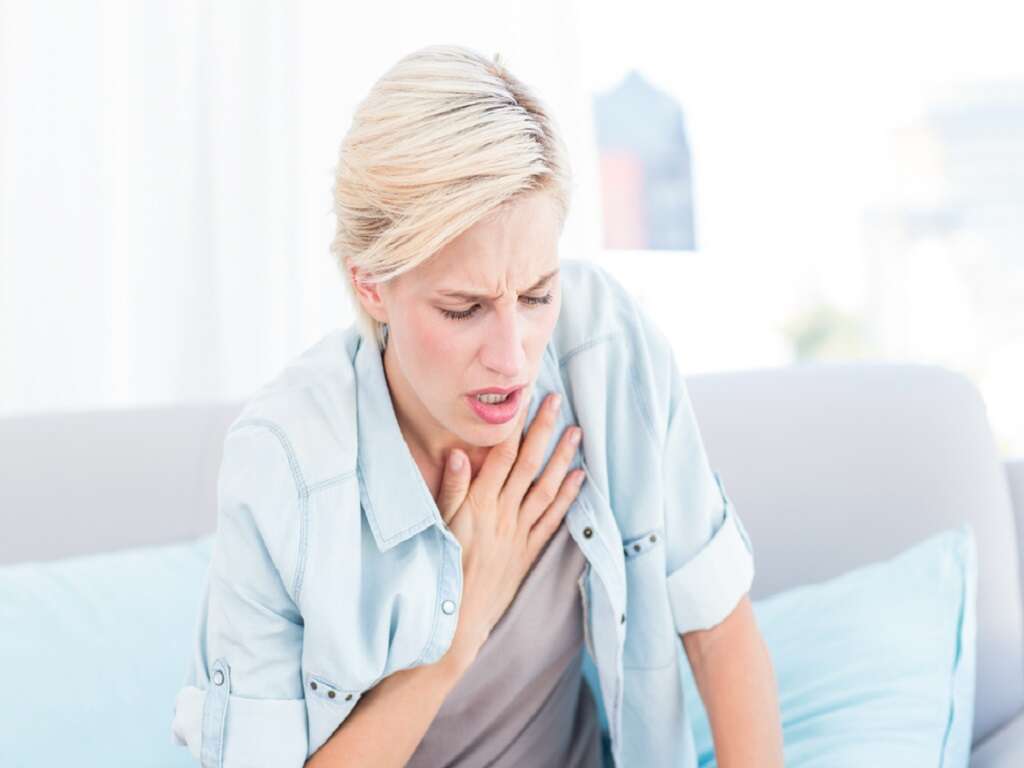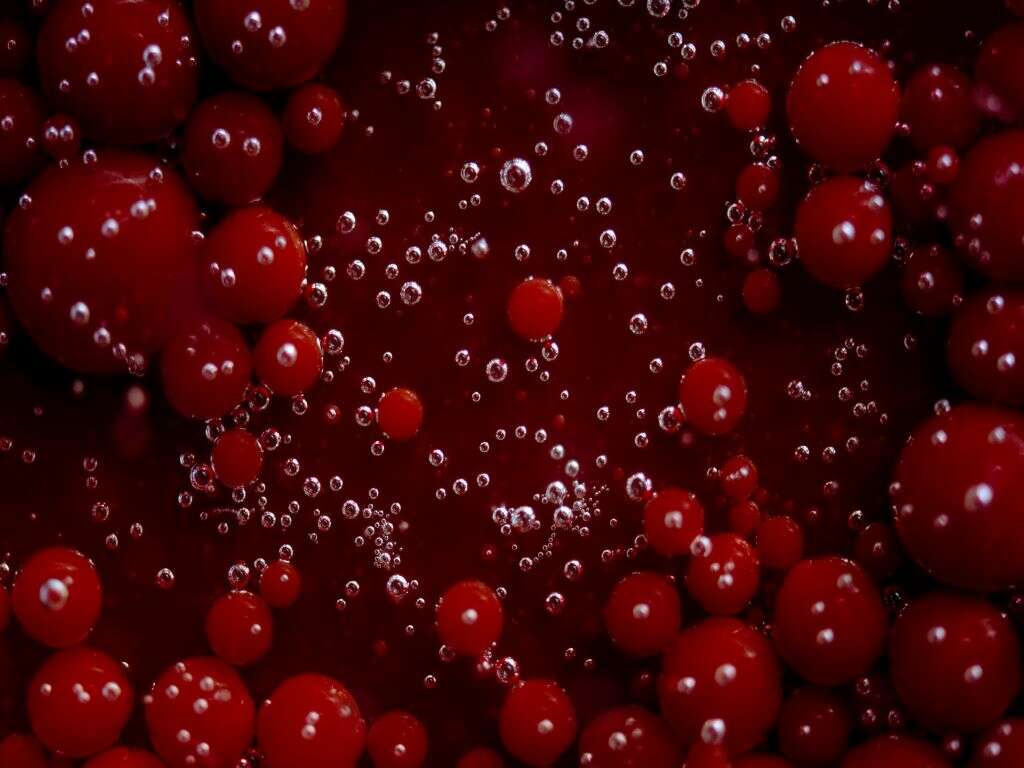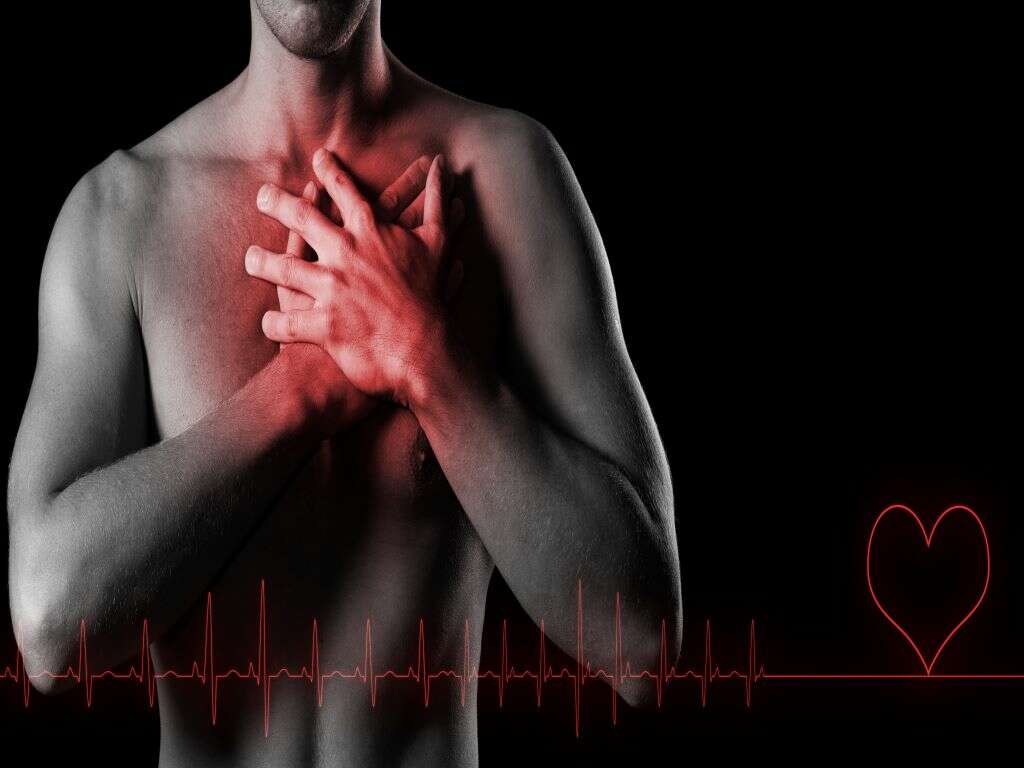10 Avascular Necrosis Symptoms
 Article Sources
Article Sources
- 1. ’Avascular Necrosis’ Mayo Clinic. https://www.mayoclinic.org/diseases-conditions/avascular-necrosis/symptoms-causes/syc-20369859
- 2. Barney J; Piuzzi N; Akhondi H. ‘Femoral Head Avascular Necrosis.’ StatPearls (Internet). https://www.ncbi.nlm.nih.gov/books/NBK546658
- 3. ’Kienbock’s Disease.’ The American Society for Surgery of the Hand. https://www.assh.org/handcare/condition/kienbocks-disease
- 4. Gallard F. ‘Kummell Disease.’ Radiopaedia. https://radiopaedia.org/articles/kummell-disease-1?lang=us
- 5. Etier B’ Doyle J; Gilbert S. ‘Avascular Necrosis of Trochlea After Supracondylar Humerus Fractures in Children.’ American Journal of Orthopedic Surgery. 2015 https://pubmed.ncbi.nlm.nih.gov/26447417
- 6. Agarwal R; Gupta R; Singh S; Gupta K; Kudeia M. ‘Avascular necrosis of humeral head in an elderly patient with tuberculosis: a case report,’ Journal of Medical Case Reports. 2008. https://jmedicalcasereports.biomedcentral.com/articles/10.1186/1752-1947-2-361
Avascular necrosis, or AVN, is a condition in which a bone, particularly in a joint, suffers a decrease in blood flow. The result is that part of the bone dies and eventually collapses. There are often no symptoms in the early stages, but symptoms become worse and harder to tolerate as the disease progresses. The condition occurs most often in people aged 30 to 50.
Symptoms may improve with non-steroidal pain medication, blood thinners or other medical interventions. In severe stages, surgery may be effective in treating it and relieving pain. Unfortunately, this is a progressive disease that won't get better without treatment.
Symptoms of Avascular Necrosis of the Hip
Avascular necrosis occurs most often in the hip joint following fracture or dislocation. It is also associated with alcoholism, radiation therapy and high steroid use. Fatty deposits in the blood can play a part as they block blood flow to the hip.
In the early stages of hip AVN, there may be no symptoms at all. X-rays are typically normal at this stage. As the condition progresses, pain arises when standing, centering on the groin area, thigh or buttocks. Eventually, the joint will hurt even when lying down, as the bone slowly collapses. Severe arthritis may follow.1’Avascular Necrosis’ Mayo Clinic. https://www.mayoclinic.org/diseases-conditions/avascular-necrosis/symptoms-causes/syc-20369859,2Barney J; Piuzzi N; Akhondi H. ‘Femoral Head Avascular Necrosis.’ StatPearls (Internet). https://www.ncbi.nlm.nih.gov/books/NBK546658

Symptoms of Shoulder and Elbow AVN
The humerus is the arm bone that runs between the elbow and the shoulder. Fractures or other injuries near either joint can cause AVN. It may take some time after an injury for AVN to appear.
Symptoms include reduced range of motion of the joint, inability to lift objects, pain and swelling. The joint may also appear red. Eventually, if left untreated, the area of reduced blood flow collapses, causing more pain and an inability to move the joint at all.1’Avascular Necrosis’ Mayo Clinic. https://www.mayoclinic.org/diseases-conditions/avascular-necrosis/symptoms-causes/syc-20369859

Knee AVN Symptoms
The mechanism that causes AVN in other joints occurs in the knee following a break or other injury in the thigh bone. It typically occurs in the top of the leg bone, or tibia, on the inside of the knee.
This is a disabling location for AVN because the pain and swelling around the knee joint make standing and walking extremely painful in later stages. Range of motion is severely impacted and bearing weight or movement, especially climbing stairs, becomes impossible.1’Avascular Necrosis’ Mayo Clinic. https://www.mayoclinic.org/diseases-conditions/avascular-necrosis/symptoms-causes/syc-20369859

Symptoms of AVN in the Foot and Ankle
A broken ankle or tibia may cause symptoms of avascular necrosis in the foot or ankle. The symptoms are typical of AVN, including pain, redness and swelling, but the ankle may also become unstable. Instability of the ankle may lead to an inability to walk on it.
Ankle movement is primarily flexion (bending the foot up) and extension (bending the foot down), both movements are essential for walking. Weight-bearing eventually becomes very painful, and the person may become disabled if not treated.
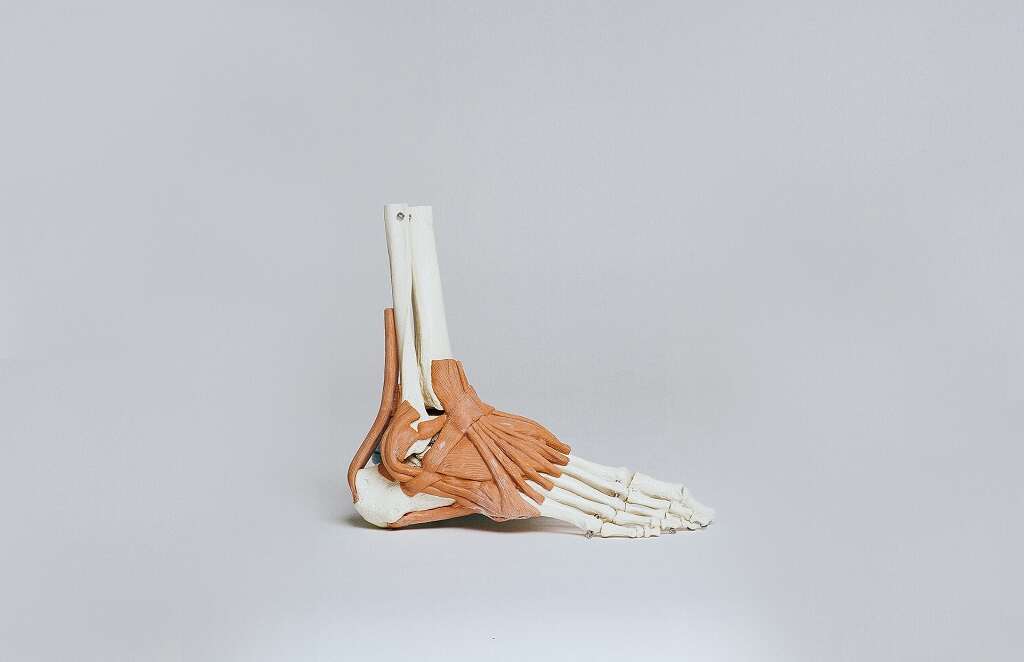
Wrist AVN Symptoms
Kienbock's Disease is the name given to AVN in the bones of the wrist. The lunate bone is the central wrist bone and its purpose is to support the wrist joint and aid in hand movement. AVN in the lunate bone may follow a fracture or other wrist injury.
Wrist AVN is most common in men between the ages of 20 and 40 and can interfere with grasping, writing and other wrist movements. In addition, it causes stiffness, with tenderness over the lunate bone.3’Kienbock’s Disease.’ The American Society for Surgery of the Hand. https://www.assh.org/handcare/condition/kienbocks-disease

Kummel Disease Symptoms
AVN may occur in the spine's vertebrae, a condition called Kummel disease. Following fractures in these bony sections, the blood flow to the spine may diminish, and within two to three weeks, the vertebrae may collapse, causing severe pain and deformity of the back.
The parts of the spine typically affected by Kummel disease are the lower thoracic (or chest) to the upper lumbar (lower back) areas. The onset of arthritis in the back is common after AVN.4Gallard F. ‘Kummell Disease.’ Radiopaedia. https://radiopaedia.org/articles/kummell-disease-1?lang=us
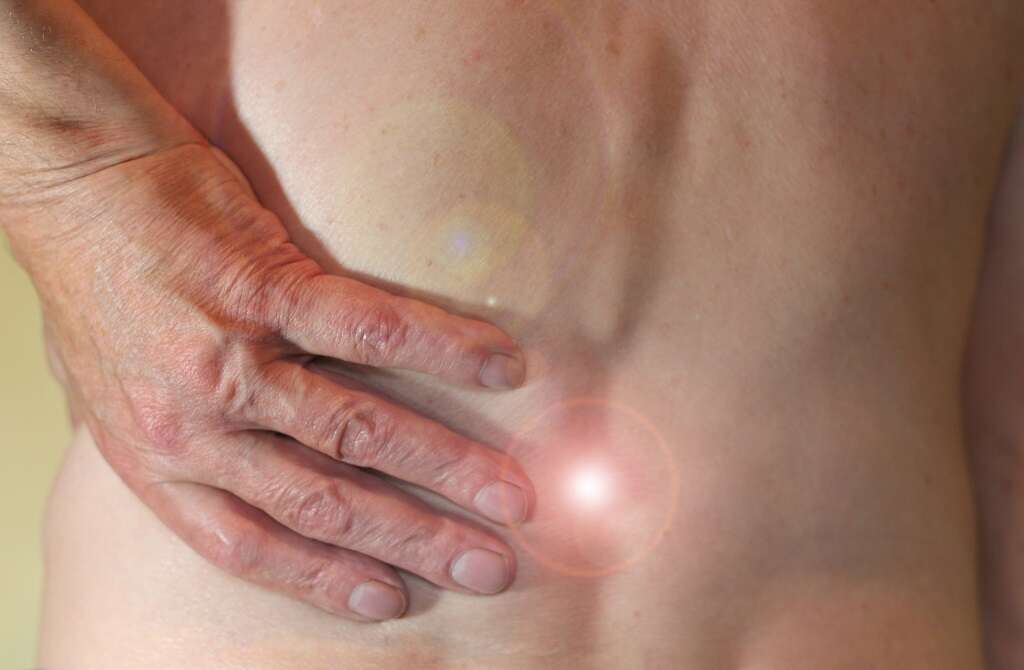
Symptoms of AVN in Children
While rare, AVN can occur in children after a fracture to the humerus bone just above the elbow. The age range for this injury is between five and ten years old. The condition causes pain, swelling and redness with muscle spasms.
It may take months or years for AVN to be diagnosed, during which time the lower part of the humerus develops a fishtail deformity that requires surgery to correct.5Etier B’ Doyle J; Gilbert S. ‘Avascular Necrosis of Trochlea After Supracondylar Humerus Fractures in Children.’ American Journal of Orthopedic Surgery. 2015 https://pubmed.ncbi.nlm.nih.gov/26447417

AVN in Elders
Elders can be as vulnerable to avascular necrosis as younger people. In a departure from the usual causes, elder AVN may be linked to tuberculosis, especially in countries where TB is less well controlled.
The disease develops wherever the TB causes pockets of infection in the bone. Pain and diffuse swelling are the two main symptoms, along with other symptoms inherent in AVN. Anti-tuberculous drug therapy may heal these pockets of infection as they heal tuberculosis in the lungs.6Agarwal R; Gupta R; Singh S; Gupta K; Kudeia M. ‘Avascular necrosis of humeral head in an elderly patient with tuberculosis: a case report,’ Journal of Medical Case Reports. 2008. https://jmedicalcasereports.biomedcentral.com/articles/10.1186/1752-1947-2-361

Symptoms of AVN Complications
Because AVN is a progressive disease, complications related to its course include severe pain and deterioration of the affected joint. As the joint bone collapses, stability and mobility decrease rapidly.
An inability to walk follows hip, knee and ankle AVN. In the wrist, elbow and shoulder, lifting and even using the arm for eating may be hampered. In children, the necrosis may cause deformities at the site of AVN, and in elderly patients, complications include deterioration and pain as the TB infection advances.
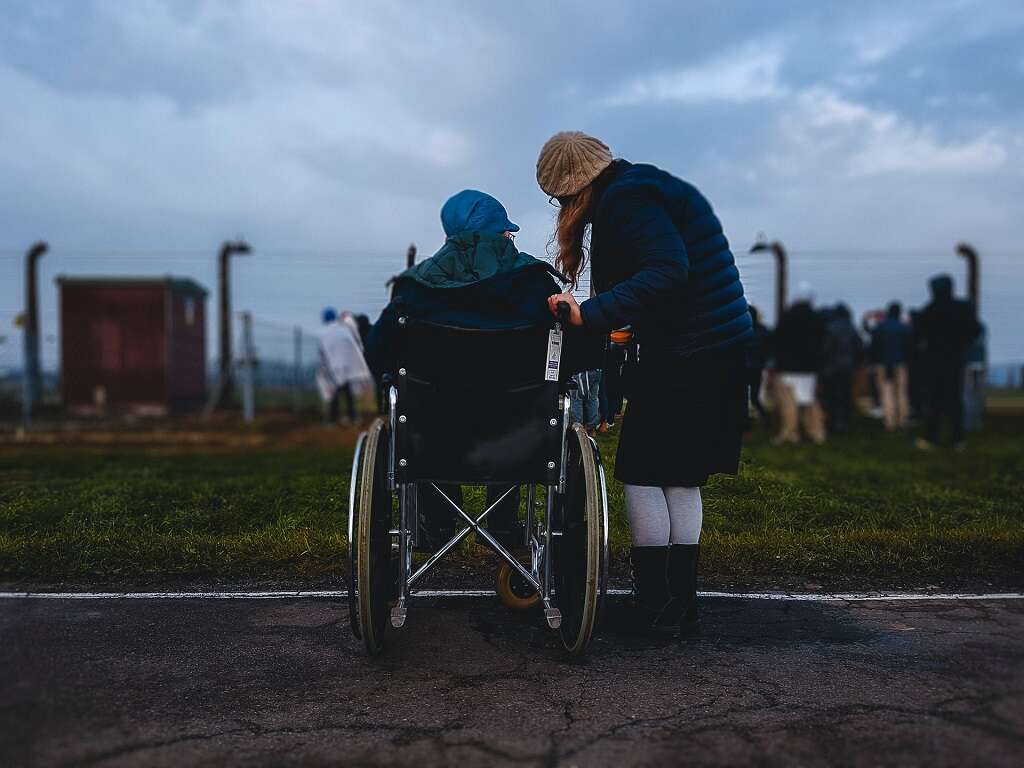
Summary of Symptoms
The symptoms caused by avascular necrosis are debilitating. Being unable to walk, climb stairs or lift an arm to eat can seriously impact and deprive the patient of a good quality of life.
The treatment goal is to prevent further bone loss and reduce pain—NSAIDs, blood thinners to prevent clots and osteoporosis medications may help with symptoms. Physical therapy may help to strengthen the muscles around the joint for support.



